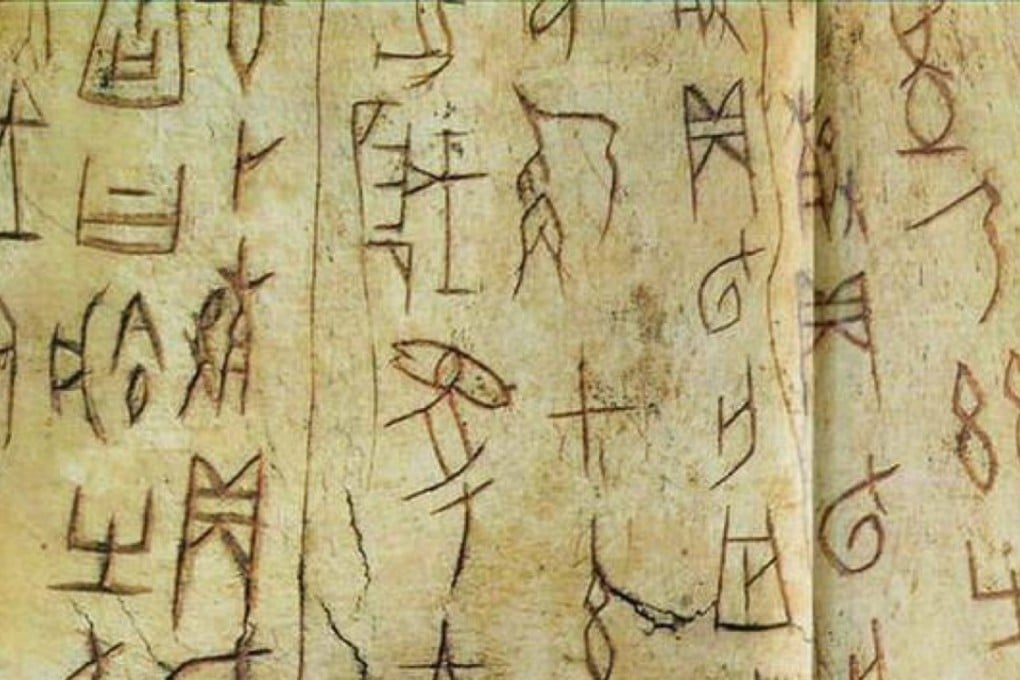Crack China’s ancient riddle of the bones and bag big cash rewards
Chinese museum offers financial incentives for breakthroughs in decoding 3,000-year-old inscriptions

A picture may be worth a thousand words but one mysterious ancient Chinese character could be a 100,000 yuan (US$15,000) payday for anybody who can definitively say what it means.
The National Museum of Chinese Writing in Anyang, Henan province, has issued a worldwide appeal for help to decipher thousands of esoteric characters cut into bones and shells dating back more than 3,000 years to the Shang dynasty.
The inscriptions, resembling modern characters, are the earliest written records of Chinese civilisation and shed light on life and society at a time.
They were carved by fortune-tellers on turtle shells and ox shoulder blades known as oracle bones, and record questions on everything from weather to taxes.
So far, scholars have managed to crack the code to less than half of the roughly 5,000 characters found on excavated oracle bones. Around 3,000 of them remain a mystery.